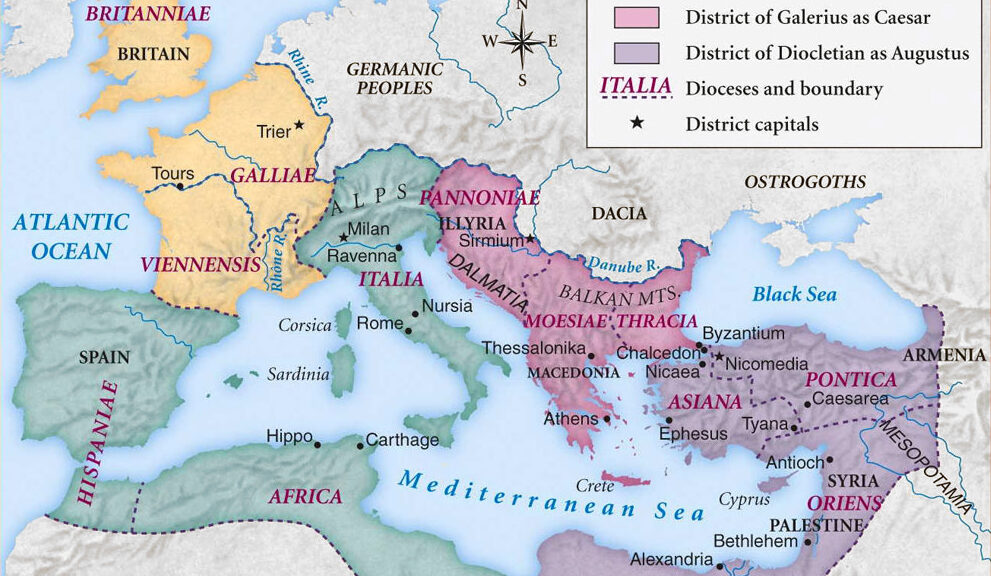
Free Markets and the Dangers of Optimisation Engines
In my last post, I discussed why I think that Capitalism can be a net positive for the world, along with why it shouldn’t be used as a bogeyman that stands synonymous with all of the ills and excesses of modern society. Some of those ideas may come across as echoing the thoughts and words of Milton Friedman, who was famous for his laissez-faire free-market economics. Friedman made some very good arguments, however I cannot agree with his entire worldview.
The issue that I have with Milton Friedman, and the free-market capitalist policies that he championed is not with the fundamental validity of the ideas. It is well established and demonstrable that investment is generally beneficial and free-markets generally allow for higher growth and lower prices. The problem is instead with the extremes that he took these underlying principles to. His philosophy was one of unyielding faith that the free market could do no wrong, and that any and all attempts to regulate the market are harmful…

